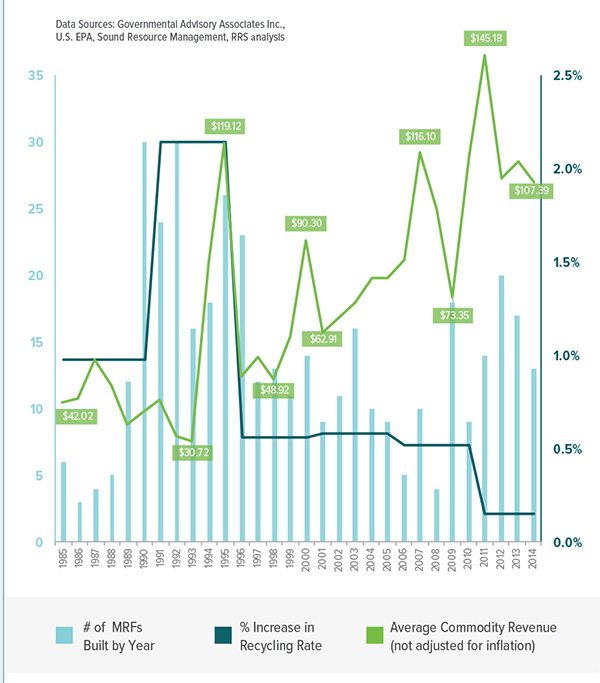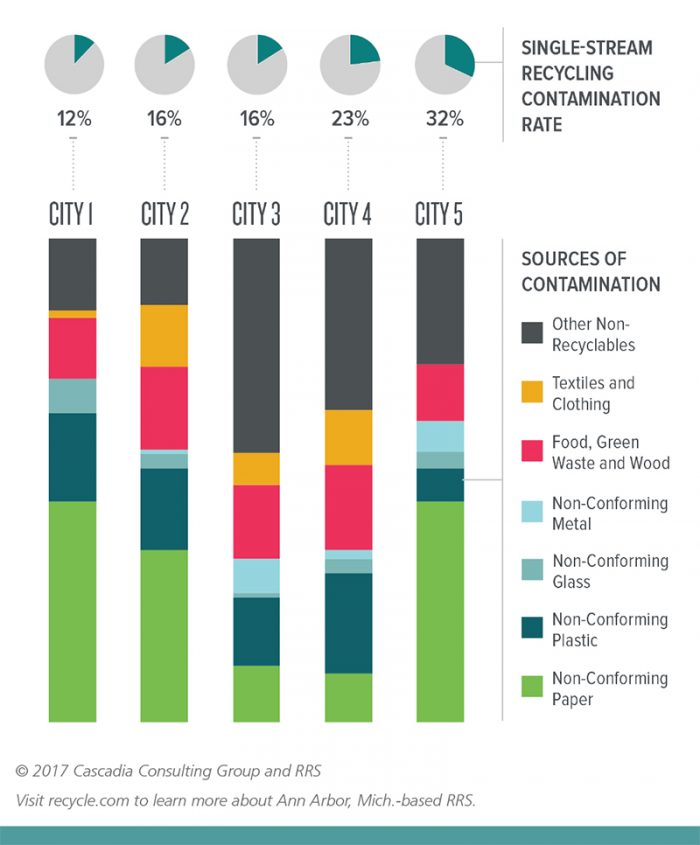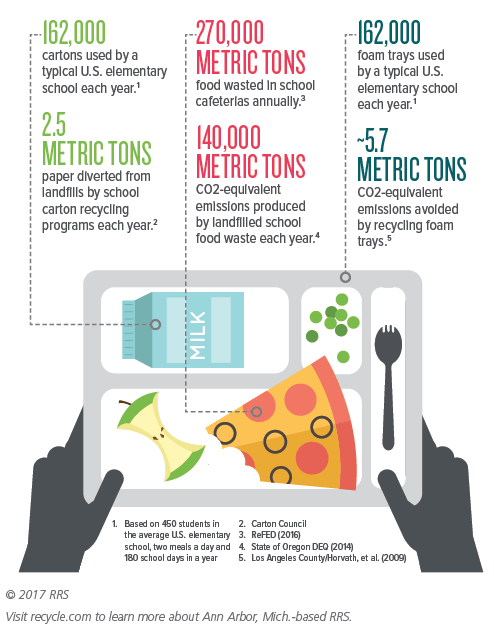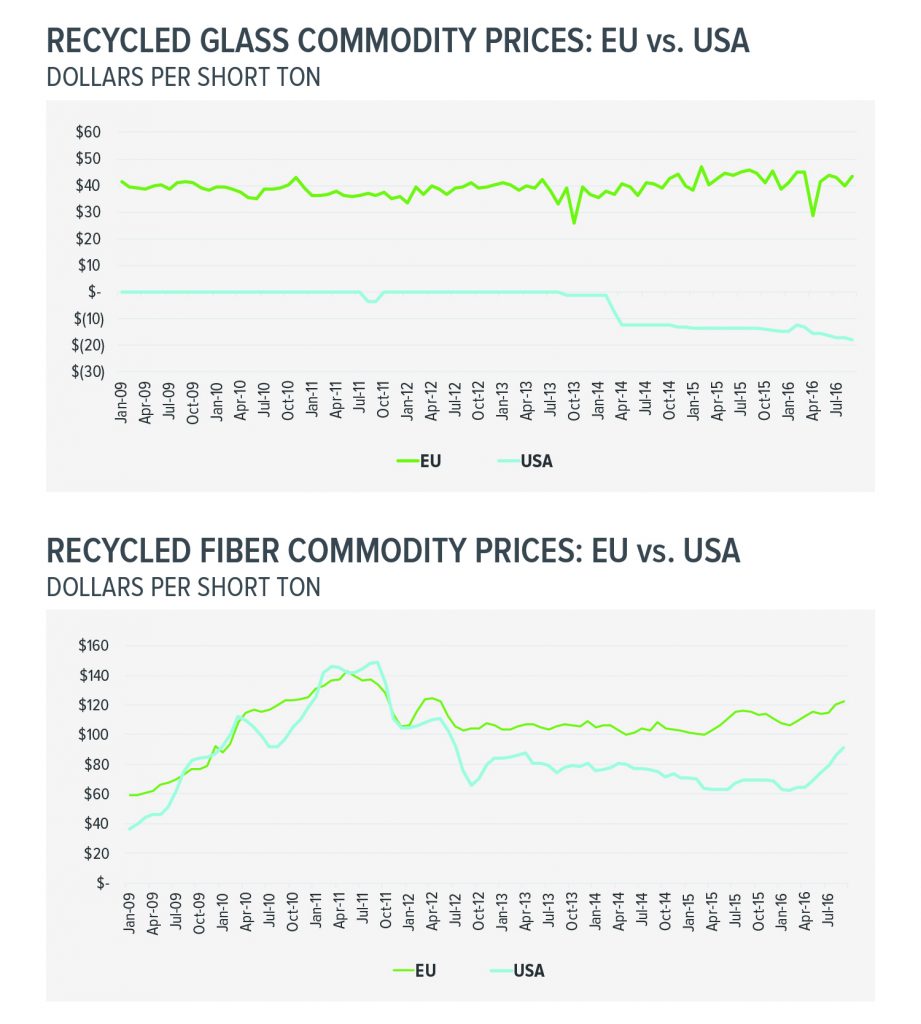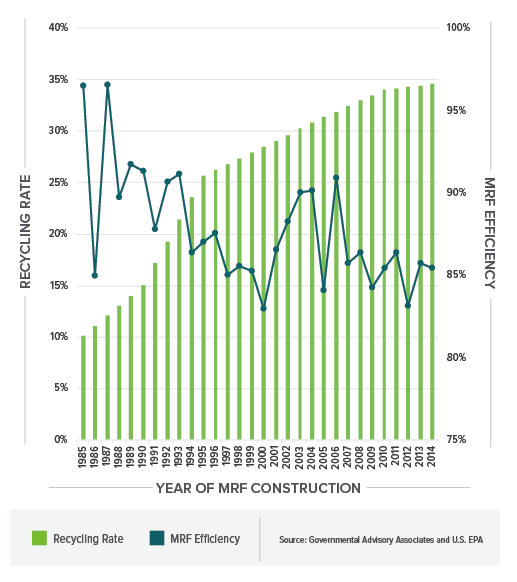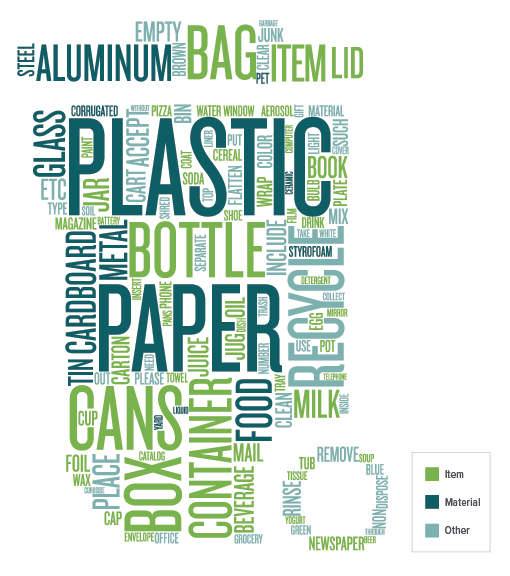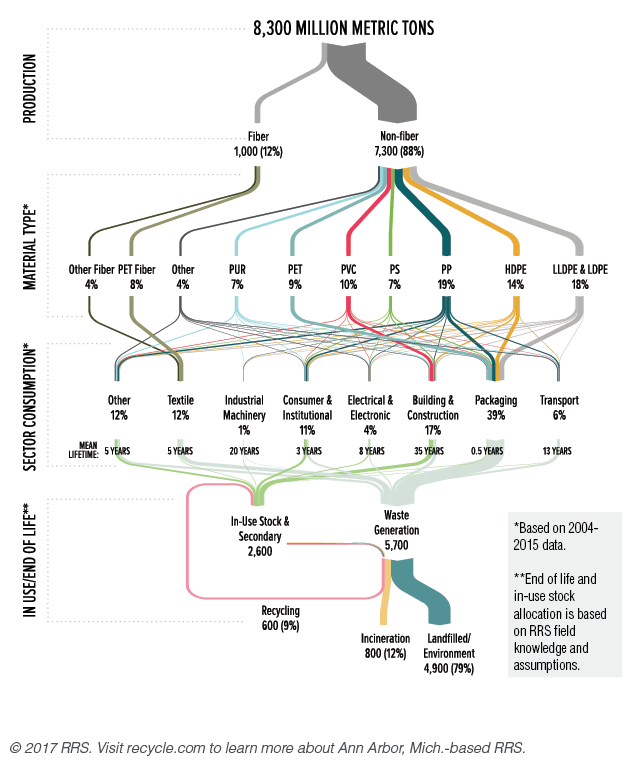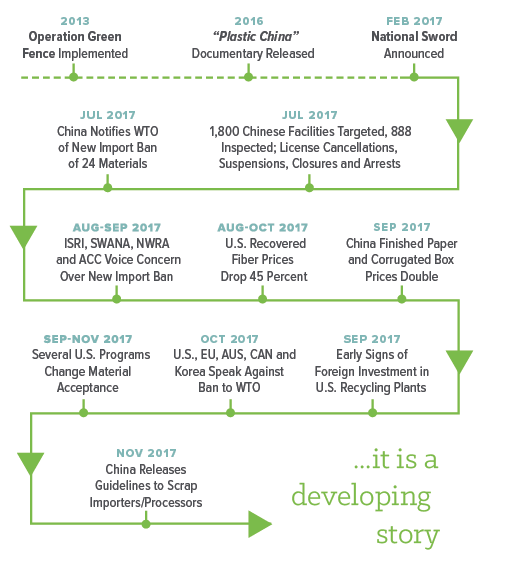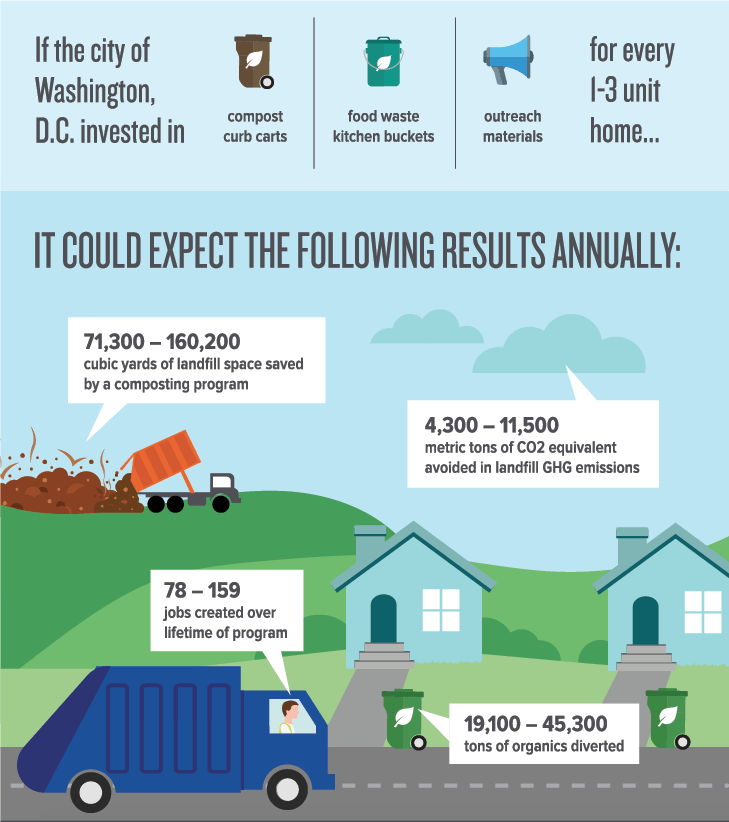RRS analyzed data from field reports and primary sources as well as experiential data from MRF practices across the U.S.
The findings show that with additional stages of advanced cleaning, glass recovery can yield increases in quantity, as well as tip fee savings and avoided emissions.
In the graphic below, typical MRF glass processing steps are shown in the “Average Performance” column, and more advanced undertakings are shown to the right. At the bottom, we’ve quantified the benefits of utilizing best practices.
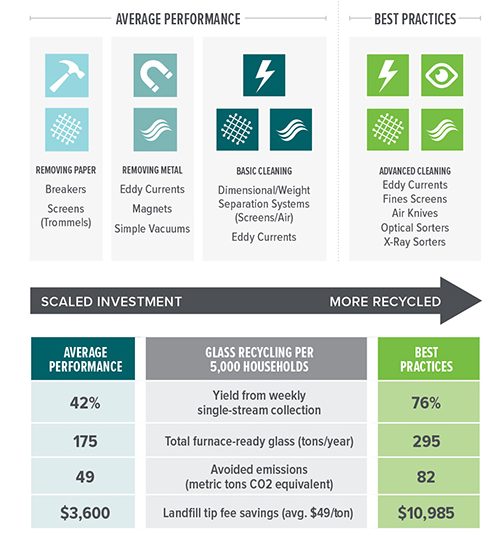
Data Corner is compiled monthly by recycling consultancy RRS.
This article originally appeared in the March 2017 issue of Resource Recycling. Subscribe today for access to all print content.


